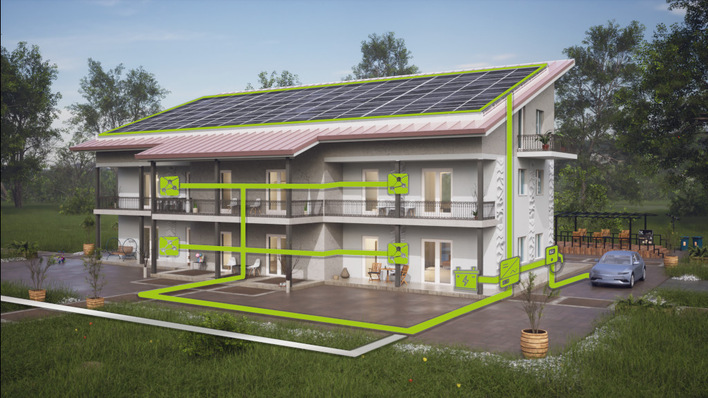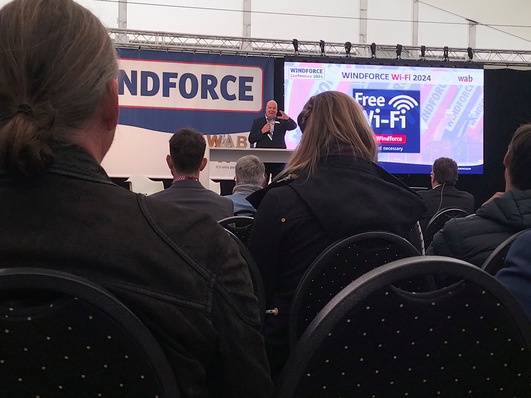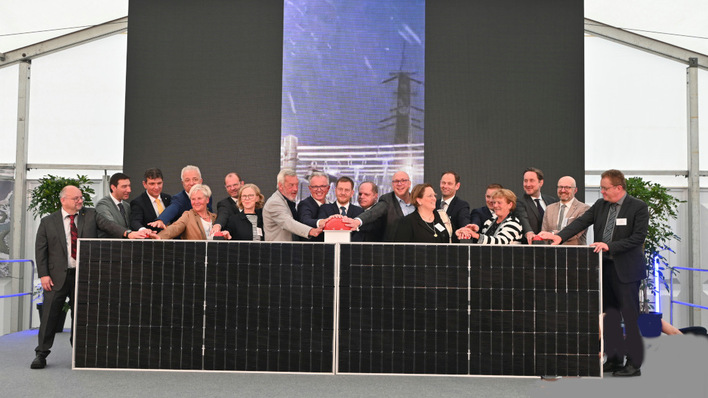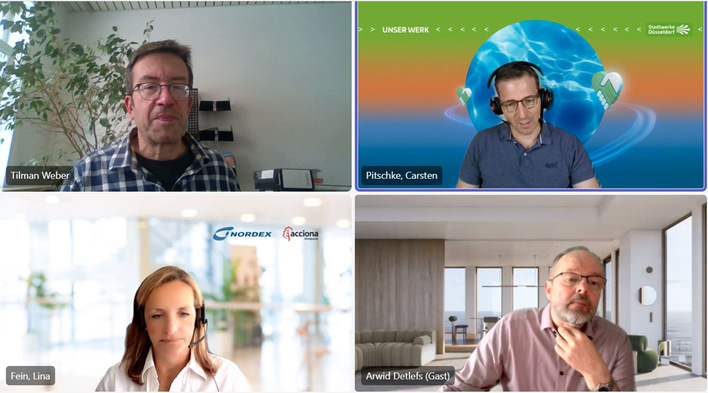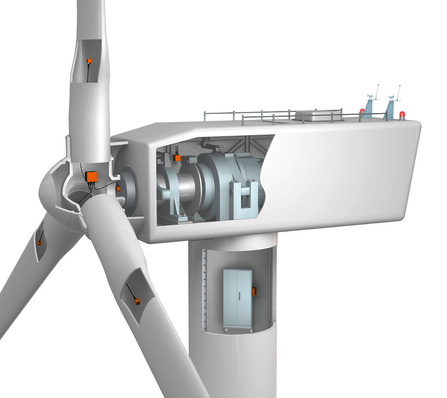This Law changed procedure for establishment of the feed-in tariff, cancelled the local content requirement and specified the appropriate premium to the feed-in tariff in case of use of equipment of Ukrainian origin.
Main novelties
The feed-in tariff continues to be fixed in euro until 2030, and its amount is specified by multiplication of the retail tariff for consumers of the second voltage type as of January 2009 (EUR 0.05385) by the feed-in tariff coefficient for the relevant type of alternative energy. However, now the National Commission for State Energy and Public Utilities Regulation will quarterly (used to be monthly) convert the feed-in tariff into national currency on the basis of the average official currency rate of the National Bank of Ukraine. All generated electricity, except for volumes for own needs, will be paid under the feed-in tariff.
The households may now be equipped not only with solar power plants, but also with wind turbines with capacity of up to 30 kW, but exceeding capacity allowed under the agreement on electricity use.
The feed-in tariff for electricity generated from geothermal energy is introduced.
Feed-in tariff
The feed-in tariff continues to depend on the commission date of the electricity generation object, including phase of construction of the electricity station (launching complex), that produces electricity from alternative energy sources. The certificate issued by the authorized body, which certifies compliance of the constructed object with the project documentation and its operational readiness, or the registered declaration on operational readiness of the constructed object serve as confirmation of the fact and date of commission.
The feed-in tariff for solar plants of industrial purpose was decreased. Such decrease took place due to cancellation of tariff coefficient (1.8) applied to the peak period. The feed-in tariff for electricity generated from wind power remained unchanged and depends on single unit capacity of the wind turbine. As the feed-in tariff coefficient has increased, the feed-in tariff for electricity generated by hydro plants is now significantly higher.

The feed-in tariff for electricity generated from biogas and biomass was increased. Biomass was legally defined as non-excavated biologically renewable substance of organic origin, which is capable of biological decomposition, such as products, waste, fishery, forest and agriculture (crop and livestock) residue and residue from the technologically connected industry areas, as well as components of industrial or domestic waste capable of biological decomposition.
Premium to the feed-in tariff for the use of equipment of Ukrainian origin
The law cancelled the local content requirement. As of now, the use of equipment of Ukrainian origin will be stimulated by the relevant premium to the feed-in tariff (throughout all term of its validity), if the electricity objects (phases of construction, launching complexes) are commissioned by the end of 2024. However, such premium to the feed-in tariff is not applicable to electricity objects of private households.
If equipment of Ukrainian origin is used at least on the level of 30%, the premium to the feed-in tariff will be 5%. If equipment of Ukrainian origin is used at least on the level of 50%, the premium to the feed-in tariff will be 10%. The Law provides a list of equipment that qualifies for the feed-in tariff premium.

Author: Igor Dykunskyy, LL.M., DLF attorneys-at-law Ukraine, igor.dykunskyy@DLF.ua, http://dlf.ua/en

